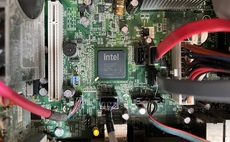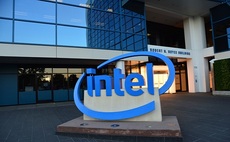And IoT projects need to stay true to non-siloed design, says Taberner
Machine-to-machine (M2M) and Internet of Things (IoT) infrastructures need to function in a way that is "analogous to Twitter", embedded technology company Eurotech said today. Speaking at the o...
To continue reading this article...
Join Computing
- Unlimited access to real-time news, analysis and opinion from the technology industry
- Receive important and breaking news in our daily newsletter
- Be the first to hear about our events and awards programmes
- Join live member only interviews with IT leaders at the ‘IT Lounge’; your chance to ask your burning tech questions and have them answered
- Access to the Computing Delta hub providing market intelligence and research
- Receive our members-only newsletter with exclusive opinion pieces from senior IT Leaders






















